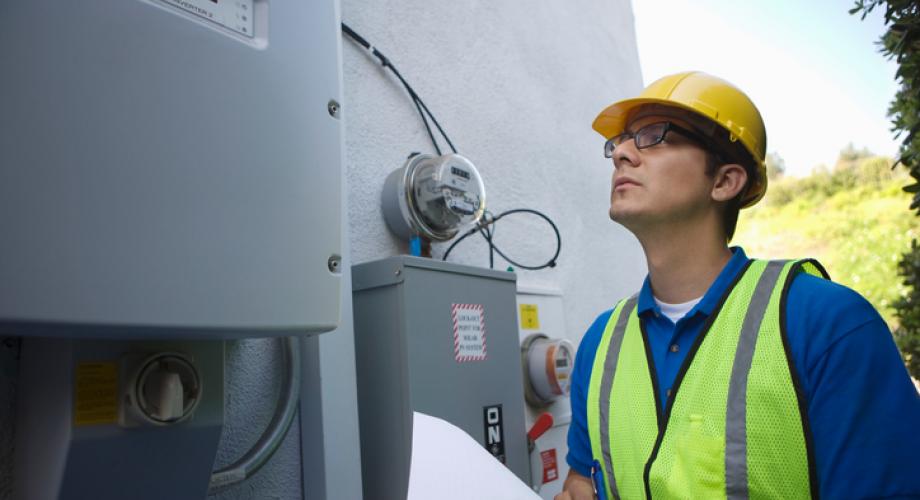The new California SB 7 law requires water meters and submeters to be installed in apartments and other rental housing buildings constructed after Jan. 1, 2018. According to the law, owners of such properties must provide residents with accurate information about the volume and cost of their water use, and water bills must be based on actual usage rather than by estimation or other methodology. The purpose of the law is to encourage responsible water use and conservation in a state that is experiencing a multi-year drought.
But the advantages of submetering go well beyond water conservation in California. Rental housing facilities in any state can use these sophisticated systems to significantly reduce utility costs while enhancing the resident experience.
What is Submetering?
With traditional water metering, one “master” meter was installed by the utility to track water consumption for the entire building. When billing residets, water-use costs were simply included as part of the rent. Or costs were allocated to tenants based on square footage, units, bedrooms, etc., in a practice called RUBS (Ratio Utility Billing System).
Submetering is defined as monitoring utility consumption after the main utility meter coming into a building. In other words, submeters are installed on individual apartments and/or loads after the main utility meter.
The most advanced wireless submetering systems have the ability to remotely access residents’ individual water usage and display the information on a web-based portal. The system can also detect water leaks using granular data to monitor toilets, showers and other areas where leaks can be difficult to identify.
Benefits of Submetering
In addition to the environmental benefits of submetering, this data-driven technology offers financial rewards for building managers and tenants alike.
Submetering, for instance, incentivizes “good” conservation behaviors. Wireless monitoring of each resident’s water usage empowers building owners and managers to bill residents accurately, and fairly, depending on the residents’ actual consumption, which means that managers can hold residents accountable for their own water bills. Meanwhile, residents can view a dedicated website to see how much water they are using – or wasting – every month. This knowledge empowers them to control water consumption, which can help them reduce their water bills.
Cutting-edge wireless submetering systems are also able to mine data-rich information, in real time, to detect water leaks. Leak detection is critically important in rental-housing facilities because water leaks account for a large percentage of the building’s water consumption. This capability allows property managers to send daily email reports to maintenance teams so that they, in turn, can repair the leaks. And, in the case of more serious problems, the system uses instantaneous alarms to immediately alert the staff.
Utilities represent the single largest controllable cost in a rental-housing and commercial properties. Submetering can help decrease utility costs significantly. Although the SB 7 law mandates submetering in California to address the state’s drought condition, submetering offers huge advantages for apartment buildings in any state. In one example, a submetering installation at an apartment building in Maryland helped the owners cut their water usage virtually in half.
Clearly, water submetering isn’t just for California.
Don Millstein President of H2O Degree, a leading manufacturer of wireless submetering systems used for resident billing and leak detection. For 23 years before joining H2O Degree, Millstein was President of electric submeter manufacturer, E-Mon, which was acquired by the fortune-100 company, Honeywell, where he remained to lead Honeywell’s Electrical Channel.
Millstein is currently Chairman of the UMCA. Other industry organization affiliations include: the U.S. Green Building Council; The Alliance to Save Energy’s (ASE) Federal Energy Management Program (FEMP) Task Force; and the Department of Energy’s (DOE) Committee on Energy Efficiency, Commerce and Trade. He was also a U.S. Delegate to the hemispheric energy symposium.
